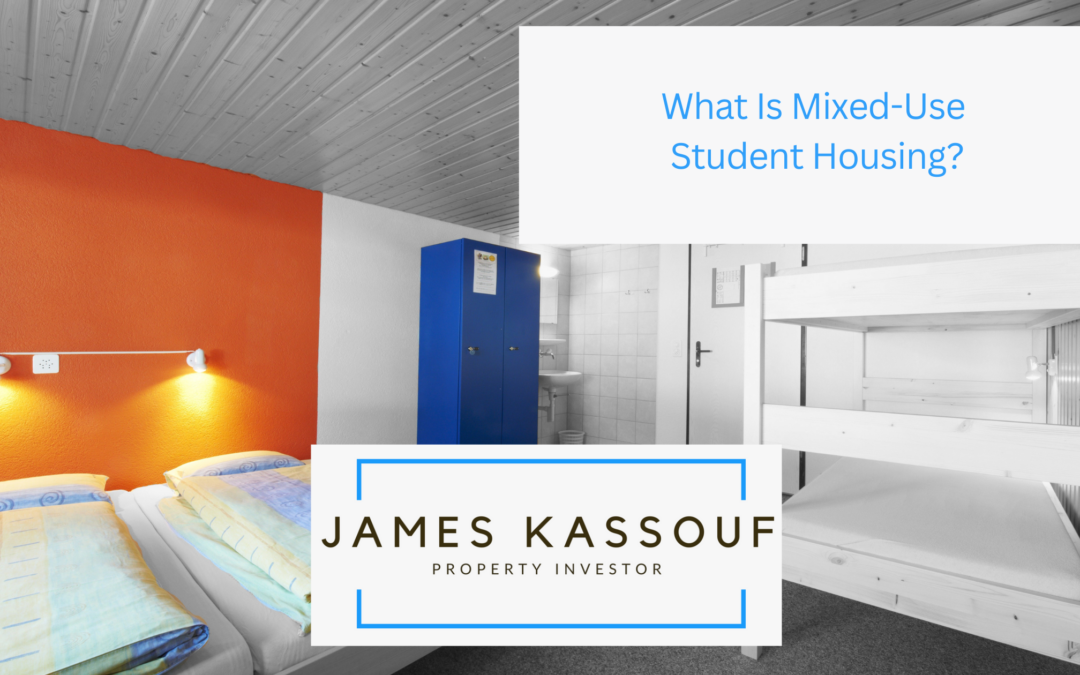As urban landscapes evolve and the demand for student accommodation grows, mixed-use student housing has emerged as a popular and innovative solution. This concept blends residential spaces with commercial, recreational, and sometimes academic facilities, creating a dynamic environment where students can live, work, and play all in one location. Understanding what mixed-use student housing entails can explain why it’s becoming an increasingly favored choice among students, developers, and educational institutions.
The Concept of Mixed-Use Development
Mixed-use development combines different spaces—such as residential, commercial, office, and recreational—in a single building or complex. This approach maximizes land use efficiency and creates vibrant, self-sustaining communities. In the context of student housing, mixed-use developments integrate student living quarters with amenities like retail stores, cafes, gyms, libraries, and even classrooms, providing a comprehensive and convenient living experience.
Advantages for Students
One of the primary benefits of mixed-use student housing is convenience. Students living in these developments can easily access essential services without commuting. Everything is within walking distance, Whether grabbing a coffee before class, working out at the gym, or studying at a quiet café. This saves time and enhances the overall quality of life, allowing students to balance their academic responsibilities with social and recreational activities more effectively.
Additionally, various amenities within the same space foster a sense of community. Students can interact with their peers in shared common areas, attend events, and participate in activities that promote social engagement. This communal atmosphere is particularly beneficial for first-year students transitioning into college life and looking to build new friendships.
Benefits for Developers and Institutions
Mixed-use student housing offers developers and educational institutions significant economic and practical advantages. Incorporating commercial spaces into the development can generate additional revenue streams, making the project more financially viable. Retail tenants benefit from the built-in customer base, while students enjoy the convenience of having stores and services nearby.
Moreover, universities and colleges can use mixed-use developments to create integrated campuses that meet the diverse needs of their students. These developments can be strategically located near academic buildings, further reducing the need for transportation and promoting a more sustainable lifestyle. This proximity to campus facilities also helps institutions attract and retain students, as the living experience becomes a key factor in choosing a college.
Mixed-use student housing represents a modern approach to student accommodation, offering a blend of convenience, community, and practicality. By combining residential, commercial, and recreational spaces, these developments cater to the diverse needs of students while providing economic benefits to developers and educational institutions. As the demand for innovative housing solutions continues to grow, mixed-use student housing will likely play an increasingly important role in shaping the future of student living.

